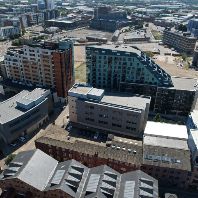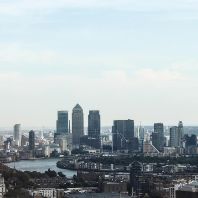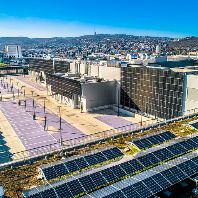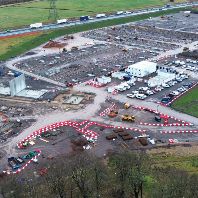Increased distressed asset sales may overwhelm the already struggling secondary sector in the UK real estate market. Prime growth was just 0.6% in the final quarter of 2011, whilst secondary assets lost -1.9% of their value, according to the IPD UK Quarterly Property Index.
These two sectors balanced themselves out to deliver a 1.4% total return in the fourth quarter, which contributed to a relatively robust return of 7.8% for the year.
All property capital growth slowed to -0.1% in Q4, as investors questioned the outlook for rental growth amidst the onset of a potentially European wide recession. Optimism surrounding the discounted secondary sector, essentially yield based, may have failed to take into account the extent to which rents have fallen (-0.6% in Q4 alone, as opposed to 0.5% for prime) and the impact of excess supply from distressed loan book sales.
"Values, at the all property level, have stalled -30.3% from their 2007 peak, after a recovery of 21.0%. While this has avoided calamity, it has not been enough for banks to write back their bad debt loan books," explained Malcolm Frodsham, Director of Research at IPD.
"In the IPD dataset, which does not include what would be considered truly distressed assets, secondary values are still -42.7% below 2007. This is going to make the continuation of pretend and extend impossible, and increase forced sales, which has generated a lot of interest amongst less risk averse investors.
"But whilst initial yields in the secondary sector of 8.3% offer a high income premium (4.8% prime), banks remain unwilling to lend on assets without a secure tenant. Secondary property generally requires extensive investment and active management before becoming lettable, so it's a catch 22 for investors trying to secure financing."
Source: IPD















